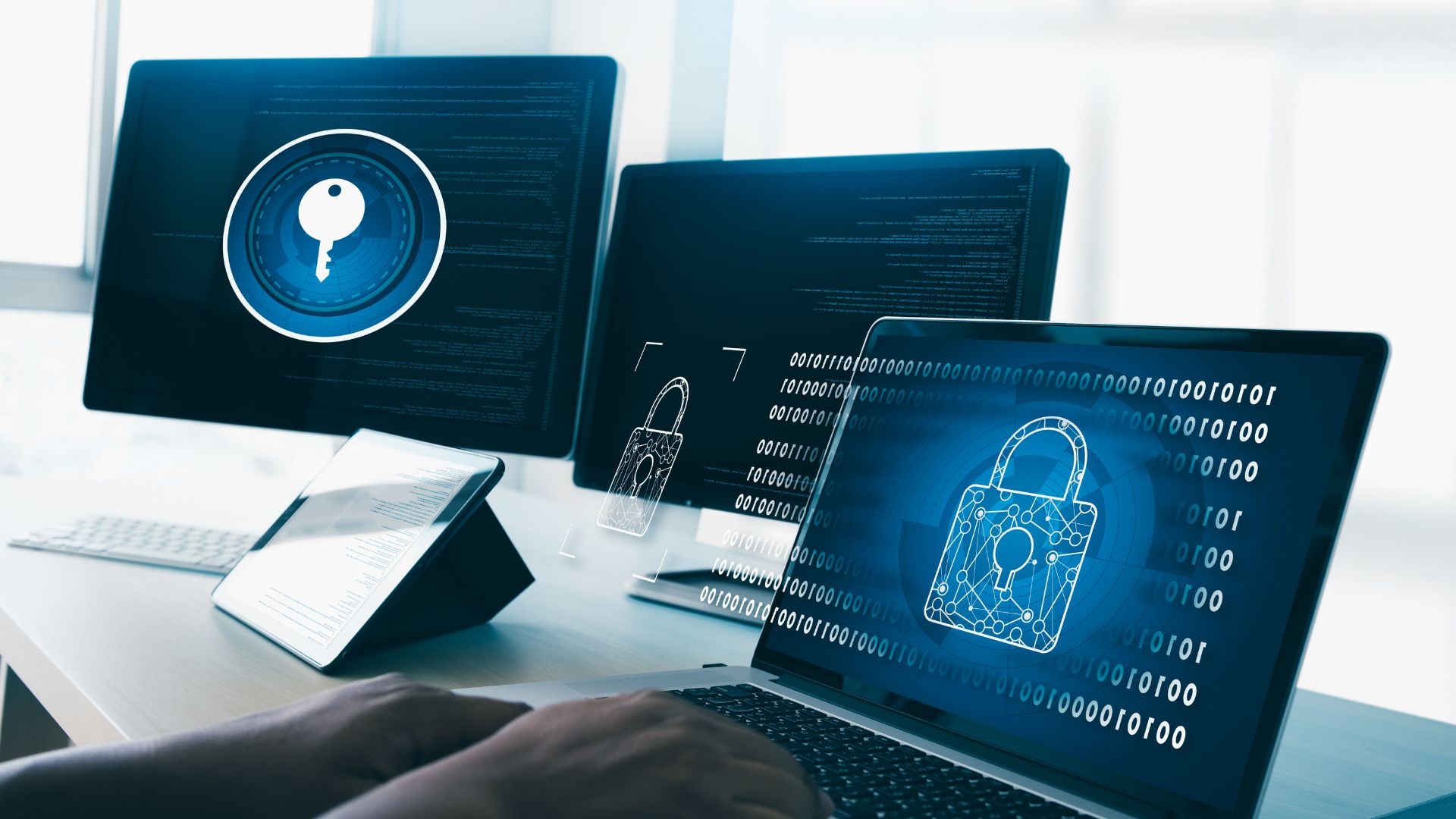A cybersecurity risk assessment involves evaluating an organisation’s IT systems to identify vulnerabilities, analyse potential threats, and develop a plan to address them. The Australian Cyber Security Centre (ACSC) emphasises the importance of such assessments in maintaining robust security postures.
It is like a health check for your digital environment, spotting weak points, assessing the likelihood of attacks, and determining the potential impact if something goes wrong.
This process is essential in today’s world, where cyberattacks are becoming more frequent and sophisticated. In Australia, malicious or criminal attacks, including phishing scams, ransomware, and data breaches, are leading sources of data breaches, affecting businesses of all sizes. The Office of the Australian Information Commissioner (OAIC) reported that 70% of all breaches notified were attributed to such attacks.
These incidents hurt the bottom line, can tank your reputation, get you into legal trouble, and disrupt operations. Regularly evaluating your IT environment will help you avoid these risks and be better prepared when something inevitably comes your way.
When organisations take a proactive approach to cybersecurity risk assessments, they do more than protect sensitive information. They ensure smoother operations, stay on top of compliance requirements, and build a stronger, more resilient IT framework that can handle the challenges of tomorrow.
Common Cybersecurity Risks Businesses Face

Every business faces many cybersecurity risks regardless of its size or industry. Some of the most common include:
- Phishing Attacks: These are sneaky emails or messages designed to trick employees into divulging sensitive information, such as passwords or account details.
- Malware and Ransomware: Malicious software can wreak havoc, whether it’s disrupting systems or holding your data hostage until you pay up.
- Insider Threats: Sometimes, the danger is on the inside. Whether it’s a disgruntled team member or someone making an honest mistake, these threats can lead to unauthorised access or data leaks.
- Outdated Software: Old software is like leaving a window open—it might work fine, but if it’s missing security patches, it’s an easy entry point for attackers.
And then there’s the big one: data breaches. A data breach can severely impact your reputation, erode customer trust, and result in substantial financial penalties, especially if you’re non-compliant with the Privacy Act 1988. The Notifiable Data Breaches (NDB) scheme mandates that entities notify affected individuals and the OAIC about eligible data breaches.
Modern IT systems, with all their interconnectedness—networks, cloud services, mobile devices—are both a blessing and a curse. While they make operations smoother, they also mean a single vulnerability can have far-reaching consequences. Staying vigilant and addressing these risks across every area of your IT infrastructure is critical.
Steps to Conduct a Cybersecurity Risk Assessment
Performing a cybersecurity risk assessment doesn’t have to be intimidating. By breaking it down into clear steps, you can systematically identify and mitigate risks:
- Identify Your Critical Assets
Start by listing the assets that matter most—servers, networks, databases, sensitive files, you name it. Categorise them based on their importance to your operations, so you know where to focus your efforts. - Evaluate Threats and Vulnerabilities
Take a good, hard look at your IT environment. What threats are out there? Think phishing, malware, insider risks, outdated software—all the usual suspects. Then, assess your vulnerabilities. Are passwords weak? Are systems misconfigured? Are patches overdue? - Assess Risk Likelihood and Impact
Once you know what you’re up against, it’s time to gauge the odds. How likely is it that a threat will occur? And if it does, what’s the potential fallout—financial, reputational, operational? - Prioritise and Address Threats
Not all risks are created equal. Rank them by severity, then focus on the big ones first. Whether implementing firewalls, introducing multi-factor authentication, or training employees, invest in solutions that will make the most significant impact.
Remember, cybersecurity isn’t “set and forget.” Regular reviews and updates are essential to keep up with evolving threats.
Tools and Techniques for a Smarter Risk Assessment
If you want to make your cybersecurity assessments more efficient, the right tools and techniques can make all the difference:
- Vulnerability Scanners: These handy tools automatically scan systems for weaknesses, like misconfigurations or outdated software, and generate reports to help you prioritise fixes.
- Penetration Testing: Think of this as a controlled cyberattack. It simulates real-world hacking attempts to reveal security gaps before the bad guys find them.
- Risk Management Frameworks: Frameworks like NIST and ISO/IEC 27001 provide structured guidelines for assessing and managing risks effectively.
- Automated Tools: Save time and reduce human error by letting automated tools monitor your IT environment 24/7.
Regular audits and ongoing monitoring also play a crucial role in staying compliant, staying secure, and tweaking your strategy as needed.
Creating a Cybersecurity Plan That Works

Once you’ve got a handle on your risks, it’s time to develop a plan tailored to your organisation’s unique needs. A solid cybersecurity strategy should include the following:
- Data Encryption: Encrypt sensitive data, whether it’s at rest or in transit.
- Multi-Factor Authentication: Add an extra layer of security for user access.
- Team member Training: Teach your team to spot phishing attempts, manage passwords responsibly, and respond to suspicious activity.
- Incident Response Protocols: Have a clear plan for handling attacks quickly and effectively.
Integrating these practices into daily operations ensures security becomes second nature across the organisation.
Employees: Your First Line of Defence
Cybersecurity isn’t just an IT department issue; it’s everyone’s responsibility. Employees are often the first line of defence, whether they realise it or not. However, they can also be a liability if they aren’t adequately trained.
Many breaches are caused by human error, such as falling for phishing scams or using weak passwords. Educating staff on recognising threats and responding appropriately can significantly reduce risks.
Creating a culture of cybersecurity awareness is key. Make sure employees understand their role in protecting the organisation and keep the lines of communication open. The more informed and empowered your team is, the better your organisation’s overall security posture will be.
Why Regular Cybersecurity Risk Assessments Matter
Regular cybersecurity risk assessments are your best defence in an ever-changing threat landscape. They help you:
- Stay ahead of Emerging Threats: New vulnerabilities constantly emerge, and regular assessments ensure you’re not caught off guard.
- Maintain Compliance: Avoid fines and legal headaches by staying aligned with industry regulations.
- Build Customer Trust: Clients are more likely to stick with a business that takes data security seriously.
- Save Money: Proactively addressing risks reduces the chances of expensive breaches and downtime.
Partner with Experts for Total Peace of Mind
Cyber threats aren’t slowing down anytime soon, and keeping up can feel overwhelming. That’s where expert assistance comes in. Partnering with cybersecurity specialists means getting tailored advice, advanced security measures, and constant support to stay ahead.
At Datcom, we understand businesses’ unique challenges in today’s digital world. Our team of cybersecurity experts conducts thorough risk assessments and delivers customised solutions to protect your IT systems, data, and operations.
With our help, you’ll stay compliant, strengthen your defences, and be ready for whatever the future holds. Contact Datcom today to start building a safer, more secure IT environment.




